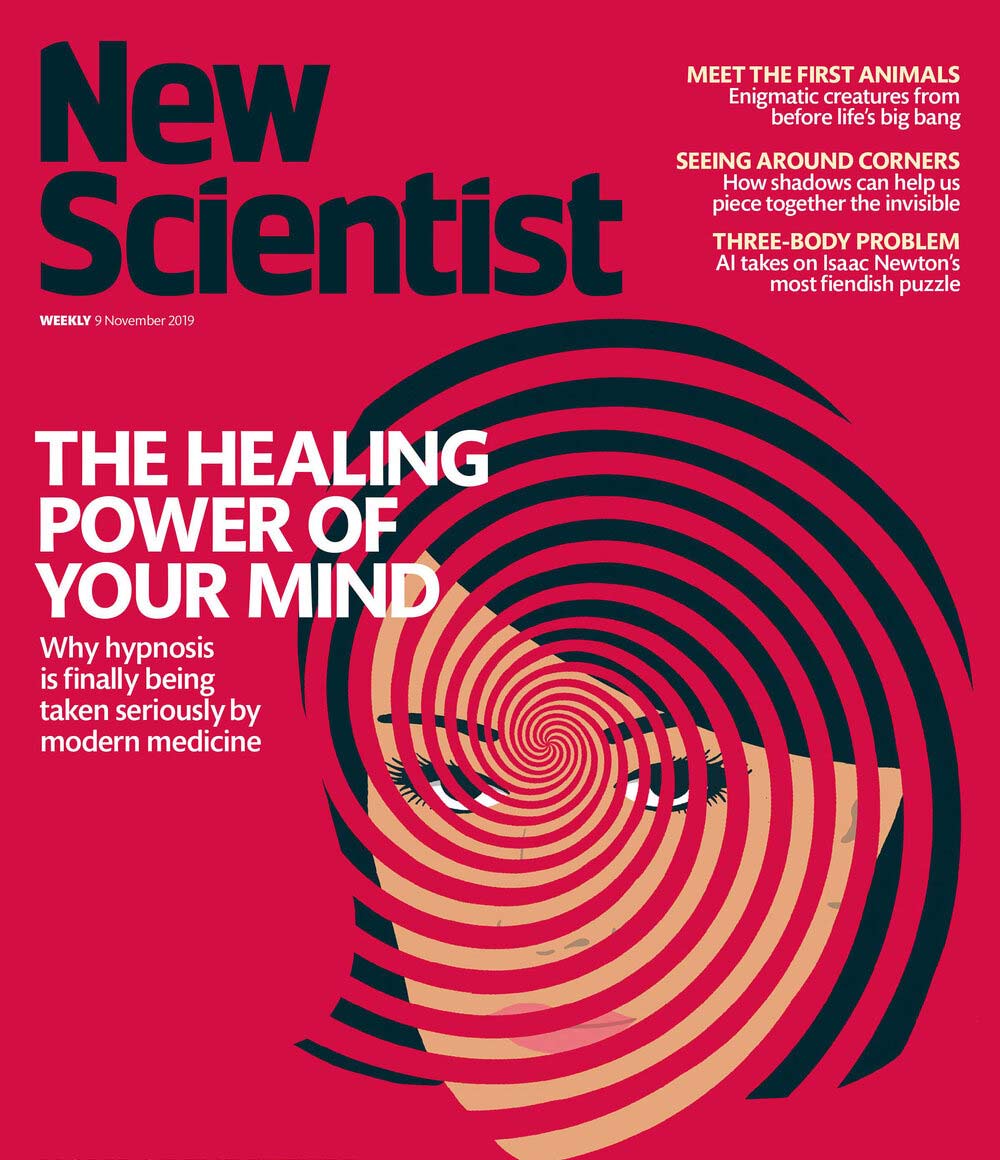Walking into a hypnotherapy session for the first time can feel exciting but also a little nerve-wracking. At my London clinic, I strive to make sure you feel comfortable from the moment you arrive. In-person hypnotherapy is a professional yet very personal experience. We always start with a warm conversation to get to know you and focus on your needs, then gently transition into the hypnosis part of the treatment. Here’s what a typical session looks like, so you know exactly what to expect (and can even look forward to it!).
Step 1: A Focused Conversation to Begin Your Hypnotherapy Session
When you come in, we’ll begin by simply talking – every professional hypnotherapy treatment starts with an initial focusing chat before any hypnotic work begins. This is your space to share whatever is on your mind: what’s troubling you, what you’d like to change, or how you’ve been feeling lately. I’ll ask thoughtful, open-ended questions and really listen to your answers. This friendly conversation not only helps me understand your experience, but also helps you start clarifying your thoughts and getting comfortable in the space. I’ll also answer any questions you have about hypnotherapy and explain how the process works, so you feel informed and at ease.
Step 2: Clarifying Your Goal or Intention for Hypnotherapy
Some people arrive with a clear goal in mind for their hypnotherapy – for example, they might say “I want to overcome my fear of public speaking” or “I want to stop a certain habit.” Other people feel a bit unsure or simply know they want to feel better in themselves, but can’t pinpoint exactly what the issue is. Either way is absolutely fine. If you’re unsure of the core issue, we’ll gently explore it together until a focus becomes clear. And if you don’t have a specific problem to name at all, that’s okay too – we can still use hypnosis to support your general wellbeing, sense of purpose, and mood.
Hypnotherapy is a flexible tool that meets you where you are. Even without one defined goal, many clients find that sessions lead to an overall positive shift. For instance, hypnotherapy can help you feel:
- more balanced and centered in yourself,
- more resourced and resilient in dealing with stress,
- lighter, as if a weight has been lifted,
- and generally happier and more at ease day-to-day.
Step 3: Getting Comfortable and Entering a Hypnotic State
Once we’ve identified a focus for the session – whether it’s a defined goal or a general intention – the next step is getting you comfortable for the hypnosis itself. You’ll settle in on the therapy sofa in my office; I often offer a blanket or pillows to make sure that you feel supported and can settle in. Then I’ll begin to guide you into a hypnotic state using my voice (if you’d like to hear how my voice sounds beforehand, you can click here for a sample). There’s no swinging pocket watch or stage trickery – just a series of calm and soothing words that helps you gradually enter into a state of focused relaxation.
This shift into an hypnotic trance – a kind of focused, absorbed mental state – is very natural and pleasant. In fact, hypnosis is basically a state of deep relaxation and concentrated focus, similar to being lost in a daydream, or fully absorbed by the story unfolding in a film to the point that the outside world becomes really not important.
Even if you usually find meditation or sitting still difficult, the surprising fact is that you’ll find it easy to slip into this relaxed state, partly because I’m guiding you the whole way, partly because our nervous system is very much designed to access this state with ease. You remain fully in control throughout the process – hypnosis isn’t sleep or some form of mind control, and you will never do anything against your will; if a suggestion I make doesn’t feel right to you, your mind will simply ignore it. Most people remain fully aware of everything that’s happening – you will hear my voice and can speak or move if you feel like you want to. It’s a common myth that you “zone out” or lose consciousness in hypnosis. The experience is one of being very much aware, and very clear minded, without the usual mental clutter and noise you are probably familiar with. Everyone who has experienced hypnosis will most likely agree on how pleasant an experience it is.
Step 4: Deep Therapeutic Work in the Hypnotic Trance
Once you’re fully relaxed in the hypnotic state, we begin the therapeutic work – the core of the session. This part is tailored entirely to you and the changes you’re seeking. Since your mind is now in a more open, receptive and creative mode, we can work with your unconscious to encourage positive change. I might guide you through visualizations or suggest new perspectives and empowering ideas that align with your goals – it can feel like a rich inner journey, where you may imagine scenarios, recall memories, or experience emotions in a new, healthier way. Because you’re so deeply focused, and unhindered by usual limited perspectives and limited beliefs about yourself, these suggestions and insights can sink in at a deeper level than ordinary conversation – helping to reprogram old patterns and spark fresh ways of thinking and feeling.
Throughout this process, you will feel safe and supported. If any emotions come up, they tend to do so in a manageable, meaningful way – you might feel them fully, but also observe them calmly, which can be very healing. I may sometimes incorporate somatic (body-focused) techniques here as well. For example, I might invite you to notice where in your body you feel a certain emotion (perhaps a tightness in your chest or a flutter in your stomach). By gently tuning into these physical signals, you can often release long-held tension or associated emotion without needing to overanalyse it. This mind-body approach engages both your mental and physical awareness in the healing process, and it often leads to especially profound, lasting shifts.
Step 5: Returning to Awareness and Integrating the Session
After the therapeutic work is complete, I will guide you to gently come out of the hypnotic state. This is a gradual, calming process – I might count up softly or simply suggest that you become aware of your surroundings again. You’ll slowly return to your normal waking alertness. Most people open their eyes feeling very relaxed, often with a sense of lightness or relief. It’s common to feel refreshed and calm at this point, as though you’ve just had a peaceful rest or mental reset.
We’ll take a few minutes to talk about the experience as you fully reorient yourself. This short debrief gives you a chance to share anything you noticed during hypnosis and ask questions while it’s fresh in your mind. I’ll also offer my reflections – for example, pointing out positive changes or insights I observed in you during the trance. The goal is that you leave the session feeling grounded, supported, and clear about any progress made. Many clients walk out not only feeling calmer, but much lighter than when they came in, with a renewed hopeful outlook – empowered by the understanding that positive change is already underway.
Want to explore hypnotherapy in person? You can get in touch here, or book a session directly






